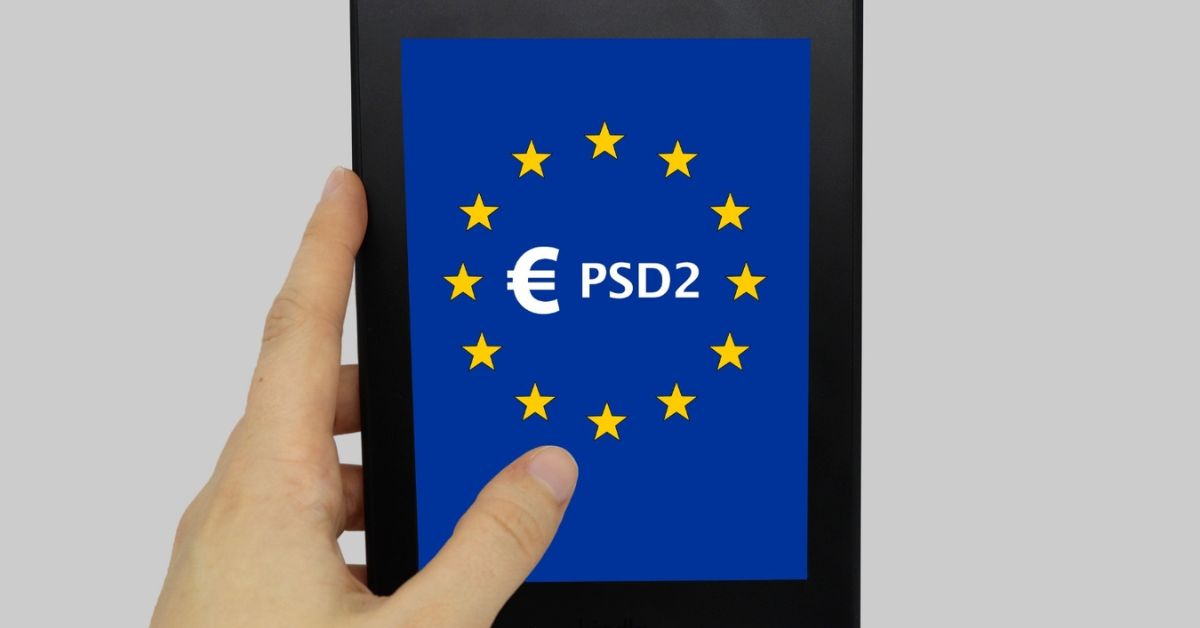Introduction
The euro’s introduction in 1999 significantly impacted the European Union’s economic landscape, replacing national currencies and altering exchange rate mechanics. This blog examines the implications for economic policy, trade, and financial stability.
The Era of National Currencies and Exchange Rate Mechanisms
The Exchange Rate Mechanism (ERM) was established in 1979 as part of the European Monetary System (EMS) to stabilize exchange rates within the European Economic Community (EEC), the precursor to the EU. The ERM aimed to reduce exchange rate variability and achieve monetary stability by pegging European currencies within narrow bands around central rates against the European Currency Unit (ECU). However, the system faced challenges, including speculative attacks that widened fluctuation bands and forced currencies to withdraw from the mechanism.
Transition to the Euro
The Maastricht Treaty of 1992 established the Economic and Monetary Union (EMU) and the introduction of the euro. Launched in 1999, the euro replaced the national currencies of 11 EU member states, with more countries joining later, expanding the eurozone.
Impacts of the Euro on Exchange Rate Mechanisms
- Elimination of Exchange Rate Fluctuations: Within the eurozone, the risk of exchange rate fluctuations affecting trade and investment among member states was eliminated, simplifying transactions and reducing costs for businesses and consumers.
- External Exchange Rate Policy: The European Central Bank (ECB) became responsible for the euro’s external exchange rate policy, managing its value against non-euro currencies. This centralized approach aimed to provide stability and predictability in international trade relations.
- Convergence and Stability: The euro introduced stricter fiscal and monetary discipline among member states, with convergence criteria designed to ensure stability and convergence of economic performances across the eurozone. However, these criteria also imposed limitations on national fiscal policies.
- Economic Integration: The adoption of the euro facilitated deeper economic integration, enhancing the single market’s efficiency. It made price comparisons across borders easier, promoting competition and efficiency.
Challenges and Criticisms
The transition to the euro has not been without criticism. Some argue that a one-size-fits-all monetary policy is not suitable for the diverse economic conditions across member states. The eurozone crisis highlighted the challenges of fiscal coordination and the difficulties faced by countries unable to independently adjust their exchange rates in response to economic shocks.
Conclusion
The euro has significantly transformed the European Union’s economic and monetary landscape, offering stability and integration benefits but also presenting challenges that require ongoing cooperation among EU member states.
#Eurozone #EuropeanUnion #ExchangeRates #EconomicIntegration #MonetaryPolicy #EuropeanCentralBank #MaastrichtTreaty #EconomicMonetaryUnion #FiscalDiscipline #EuroCrisis #CurrencyUnion #FinancialStability



